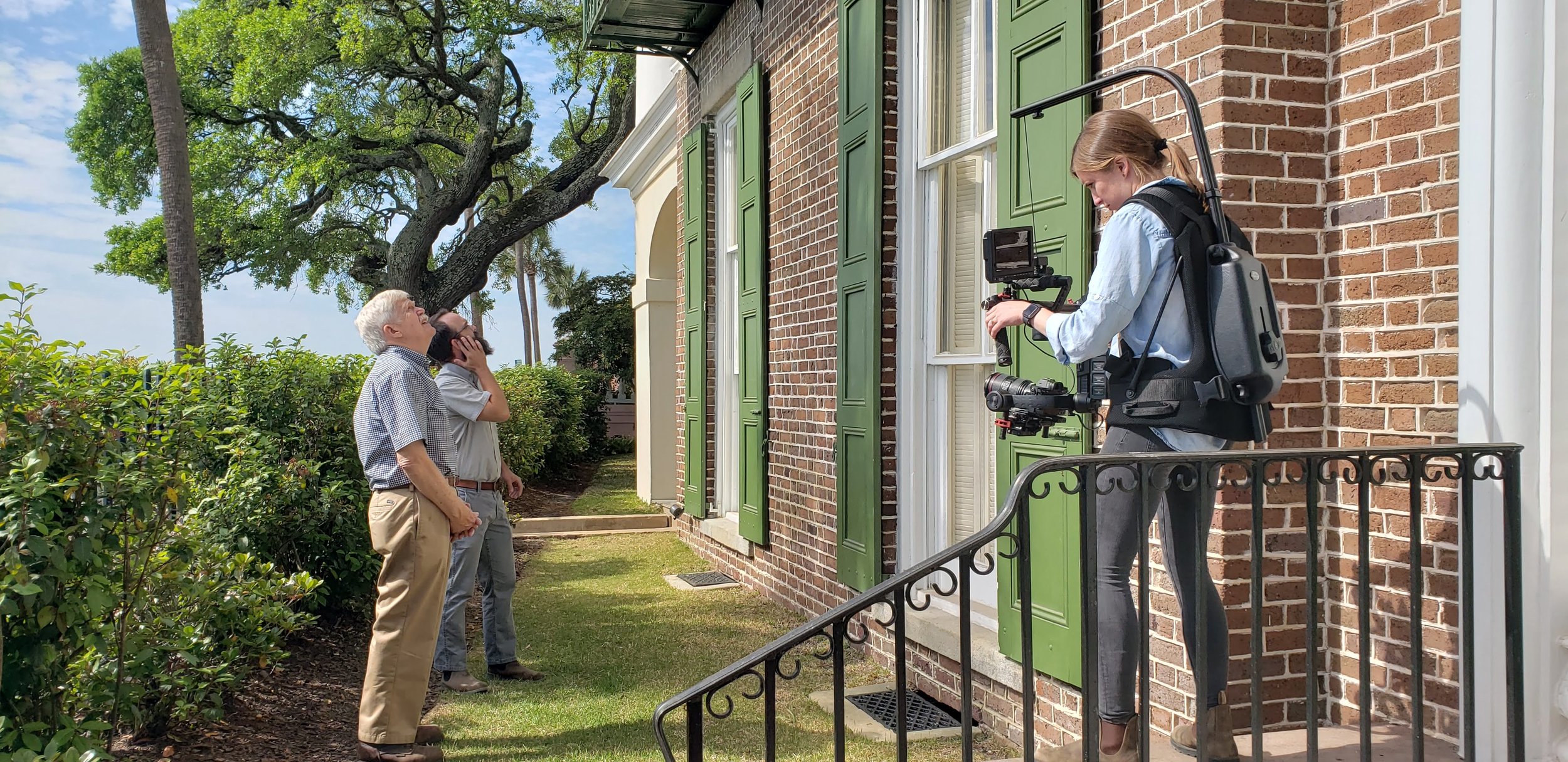So you want to work in a house museum?
Then you’re going to straddle two important worlds: cultural heritage and historic preservation—interpreting spaces, buildings, landscapes, and objects for tens of thousands or even millions of visitors each year. House museums provide visitors with immersive experiences into the lives and times of historical figures or periods, often housed within preserved or restored domestic settings.
If you're considering a career in this specialized field, several key aspects are crucial to understand:
“For me, my job is to present a final product, but what drives me is process. And, through all of it, you see the hands and the influence of individuals—from the form of a brick to a ceiling to the paint on a wall. You can see a personal touch if you know what to look for, and that comes together to tell a story.”
“To me, stewardship means bringing an understanding of the building and the built world forward into the future by maintaining it, educating people about it, and by making it an important part of people’s lives.”
Want to learn more?
Passion for History and Preservation: At the heart of working for a house museum is a deep passion for history and preservation. You'll be immersed in the tangible artifacts and spaces that tell stories of the past, requiring a commitment to understanding and conveying the significance of these narratives to visitors.
Understanding of Museum Operations: House museums operate within the broader context of museum management. Familiarity with collections management, exhibition design, visitor services, and educational programming is essential. These skills ensure that the museum functions smoothly and effectively meets its educational and preservation goals.
Knowledge of Historical Context: A solid grasp of historical context is vital for interpreting the house museum's collections and spaces. Whether it's understanding architectural styles, period furnishings, or the social customs of the era, this knowledge enriches the visitor experience and informs preservation decisions.
Interpretation and Communication Skills: House museum professionals must excel in interpreting history for diverse audiences. This requires strong communication skills to engage visitors through tours, educational programs, exhibits, and outreach efforts. Effective storytelling brings history to life, fostering a deeper appreciation for the museum's significance.
Conservation and Preservation: Preservation of artifacts, buildings, and landscapes is central to a house museum's mission. Professionals in this field need a foundational understanding of conservation principles and practices to ensure the long-term sustainability of the museum's collections and physical assets.
Curatorial Expertise: Curatorial roles within house museums involve researching, acquiring, cataloging, and interpreting collections. Curators play a crucial role in selecting artifacts that align with the museum's mission, conducting scholarly research, and curating exhibits that resonate with visitors.
Visitor Engagement and Education: House museums serve as educational resources, offering insights into history through guided tours, workshops, lectures, and outreach programs. Professionals in this field must be skilled in designing educational experiences that cater to diverse audiences and foster a deeper understanding of the museum's significance.
Community and Stakeholder Relations: Building strong relationships with stakeholders, including donors, volunteers, local communities, and preservation organizations, is essential. Collaboration ensures support for the museum's initiatives, enhances outreach efforts, and fosters a sense of shared responsibility for cultural heritage preservation.
Adaptability and Innovation: Like all cultural institutions, house museums must adapt to changing visitor expectations, technological advancements, and preservation challenges. Professionals in this field should embrace innovation while maintaining the authenticity and integrity of the museum's historical narratives and collections.
Career Paths and Opportunities: Careers within house museums span a range of roles, including curator, educator, collections manager, preservationist, administrator, and director. Opportunities exist in both public and private institutions, offering diverse career paths for individuals passionate about cultural heritage preservation.
Challenges and Rewards: Working for a house museum can be both rewarding and challenging. Preserving historical authenticity while engaging modern audiences requires creativity, dedication, and a nuanced understanding of balancing preservation principles with educational objectives. The satisfaction of contributing to the preservation of cultural heritage and sharing compelling stories with visitors makes the challenges worthwhile.




